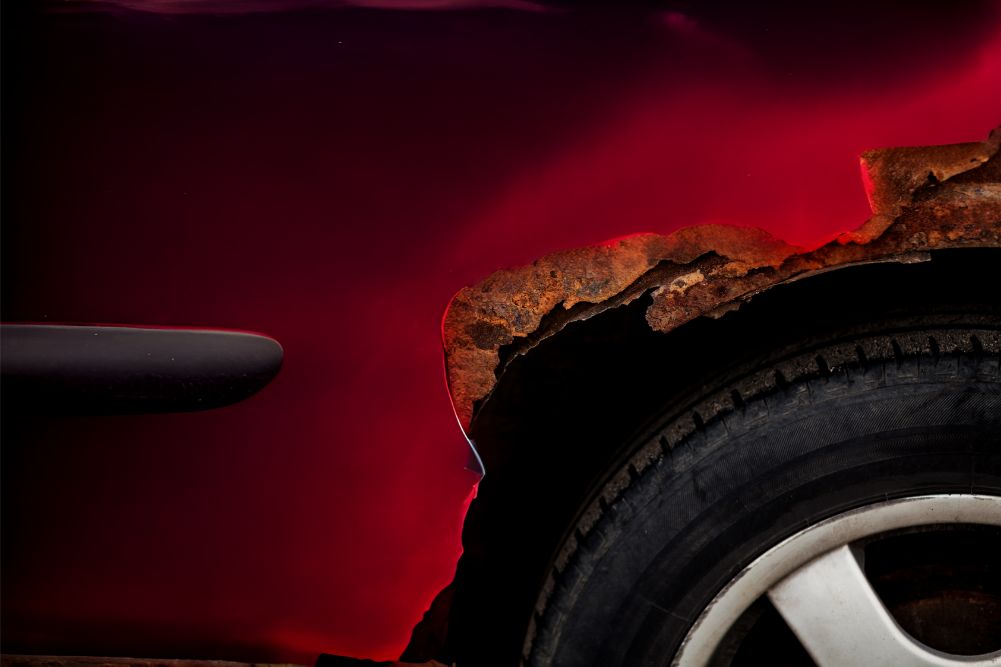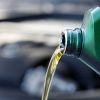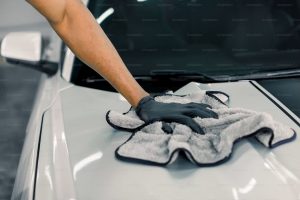Rust – the nemesis of every car owner. Whether you’re driving a sleek sedan or a rugged SUV, battling rust is an ongoing challenge. But fear not! With the right techniques, you can protect your vehicle from this corrosive menace and keep it looking pristine for years to come. In this guide, we’ll explore five effective rust treatment techniques that will help safeguard your prized possession.
- Surface Rust Removal: When caught early, surface rust can be easily treated with a bit of elbow grease and the right tools. Start by scrubbing the affected area with a wire brush to remove loose rust and debris. Next, apply a rust converter solution to neutralize any remaining rust and prevent it from spreading. Finally, finish off with a coat of rust-inhibiting primer to seal and protect the surface.
- Chemical Rust Removers: For more stubborn rust stains, chemical rust removers can be incredibly effective. These products work by dissolving rust on contact, making it easier to scrub away. Simply apply the rust remover to the affected area, let it sit for the recommended time, then scrub away the rust with a brush or scouring pad. Be sure to follow the manufacturer’s instructions carefully and wear protective gear when handling these chemicals.
- Sandblasting: When dealing with large areas of rust or heavily corroded metal, sandblasting can be a highly efficient solution. This process involves blasting abrasive particles at high velocity onto the surface to remove rust and paint. While sandblasting is effective, it’s best left to professionals due to the specialized equipment and safety precautions required.
- Rust Inhibitors: Once you’ve treated the rust, it’s essential to take preventive measures to stop it from coming back. Rust inhibitors, also known as rust preventatives, work by creating a protective barrier on metal surfaces, preventing moisture and oxygen from reaching the metal and causing rust. Apply a liberal coat of rust inhibitor to the treated area and any other vulnerable areas of your vehicle to keep rust at bay.
- Regular Maintenance: Last but certainly not least, regular maintenance is key to keeping rust at bay. Keep your car clean and free of dirt and debris, as these can trap moisture and accelerate rust formation. Inspect your vehicle regularly for signs of rust, especially in areas prone to corrosion, such as the undercarriage, wheel wells, and door sills. Address any rust spots promptly to prevent them from spreading.
By incorporating these rust treatment techniques into your car care routine, you can effectively combat rust and keep your vehicle looking its best. Remember, prevention is always better than cure, so be proactive in protecting your car from the ravages of rust.
Read more about rust treatment and car maintenance on our blog:
- How to Treat Rust That Affects Your Car
- What to Do When Car Paint Is Fading
- 5 Car Expert Tips for Maintaining Your Car’s Paint and Preventing Fading
For expert car service and car repair in Dubai, trust Carcility. Visit our website at www.carcility.com to book an appointment and keep your car rust-free for years to come.







